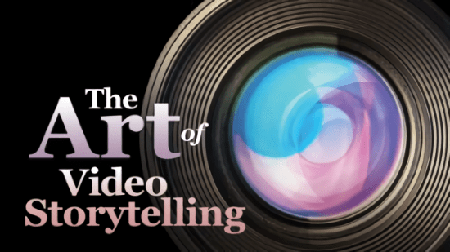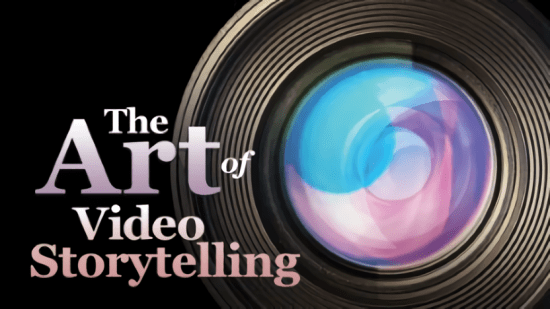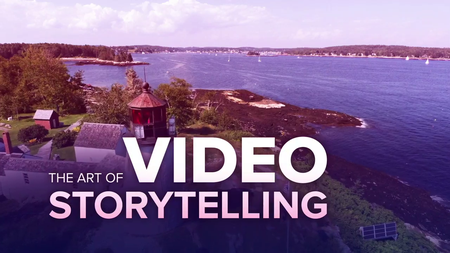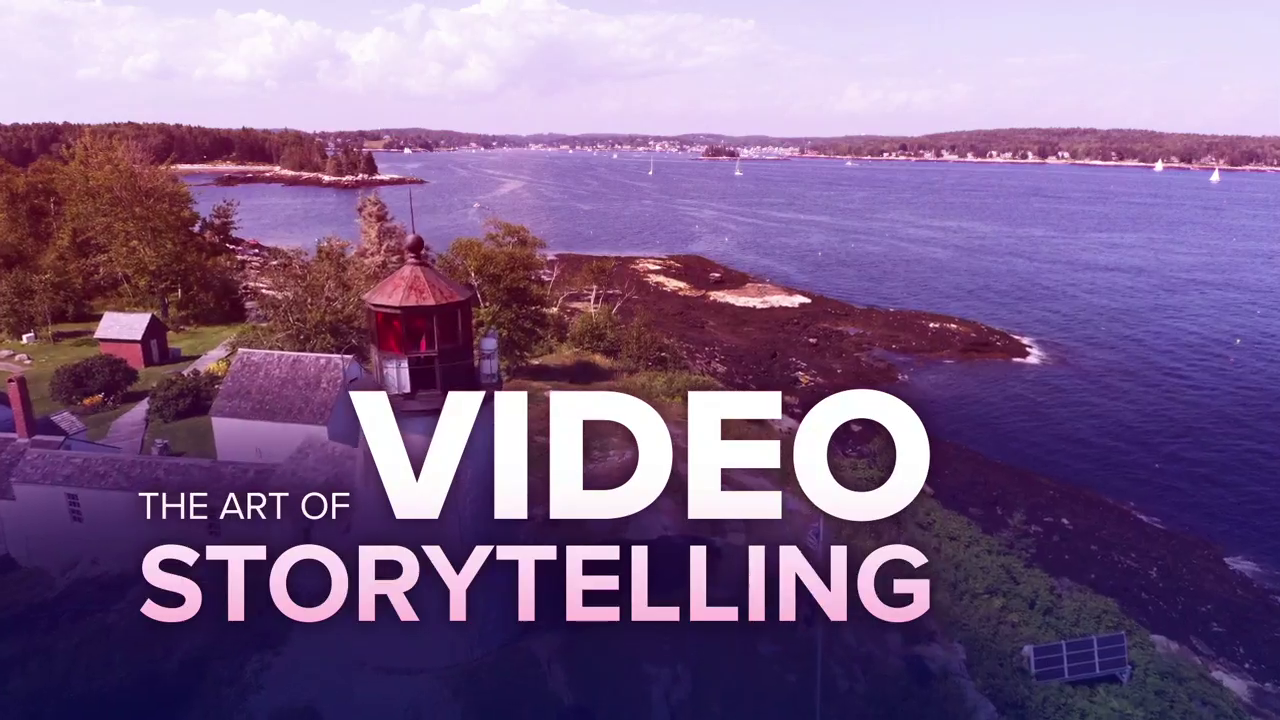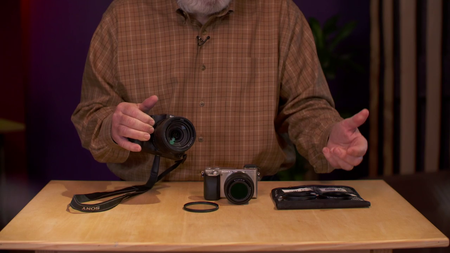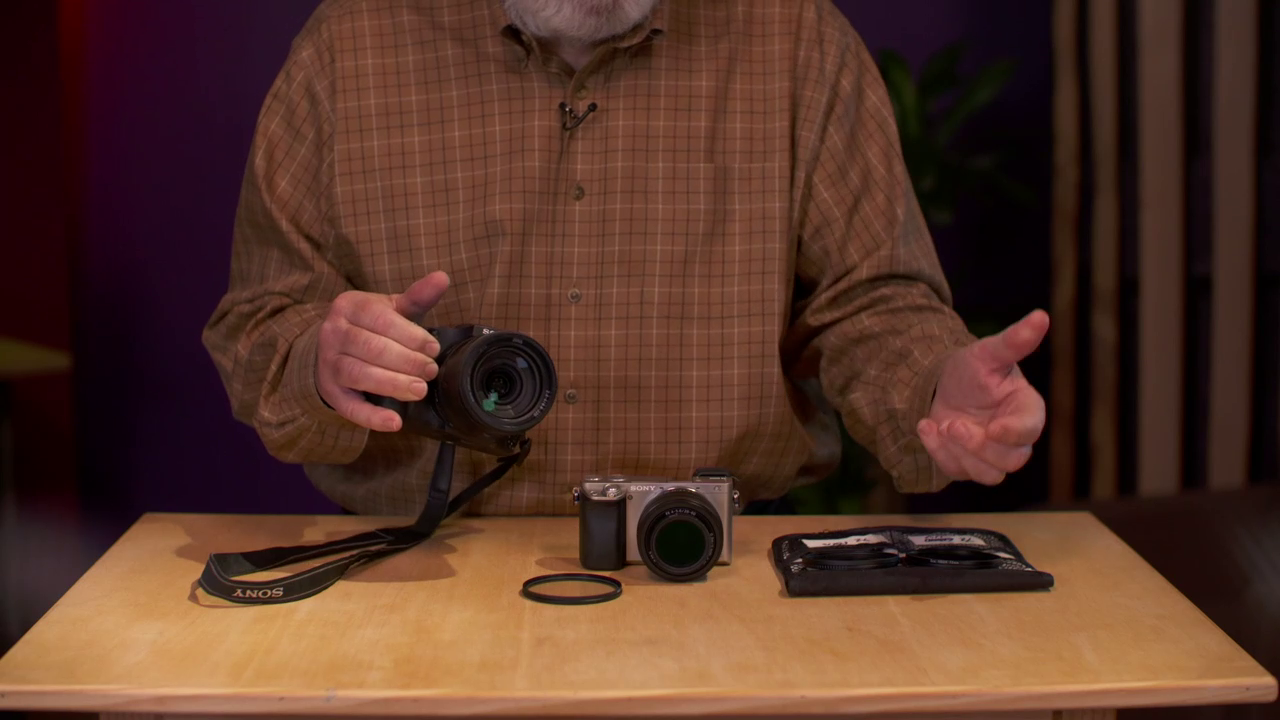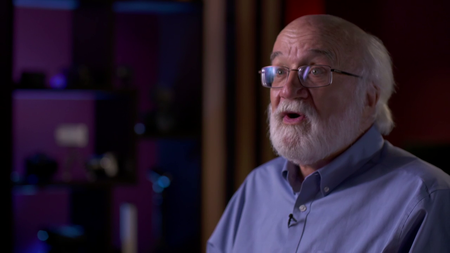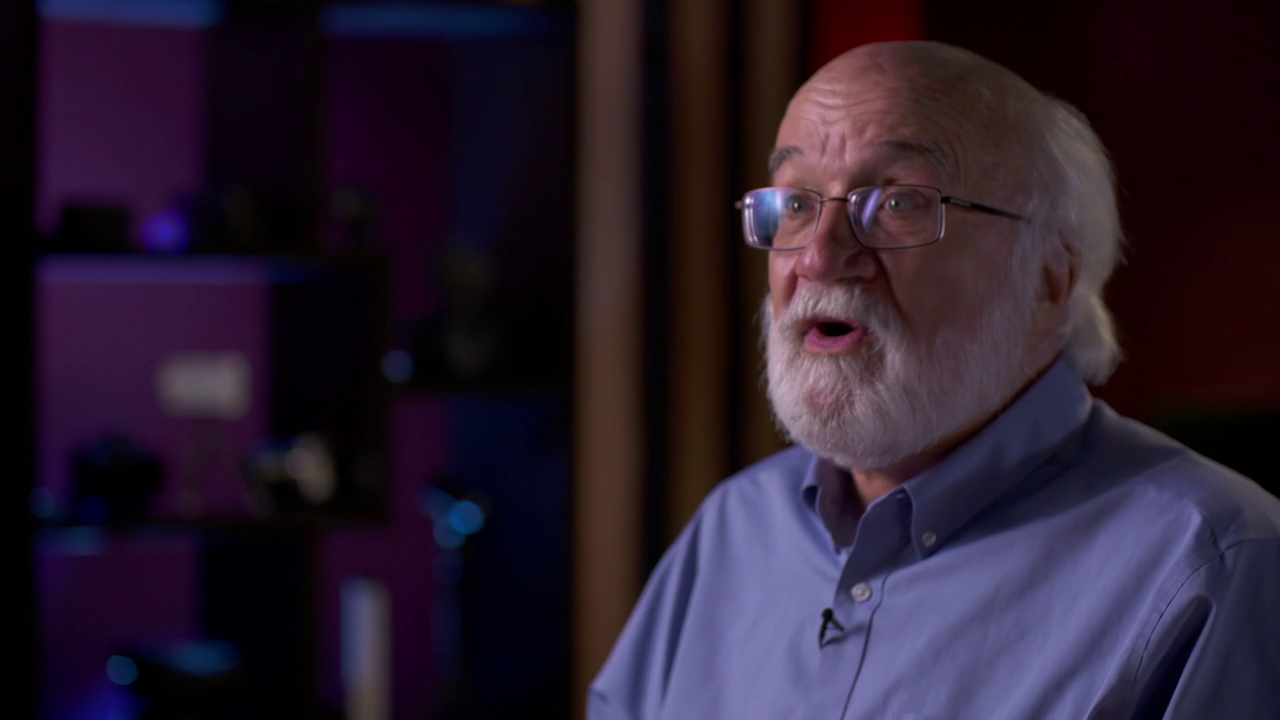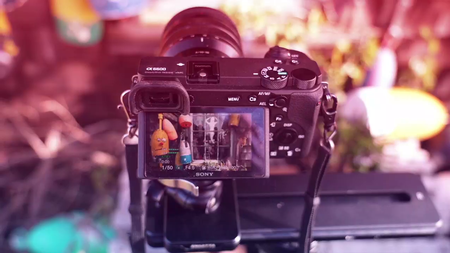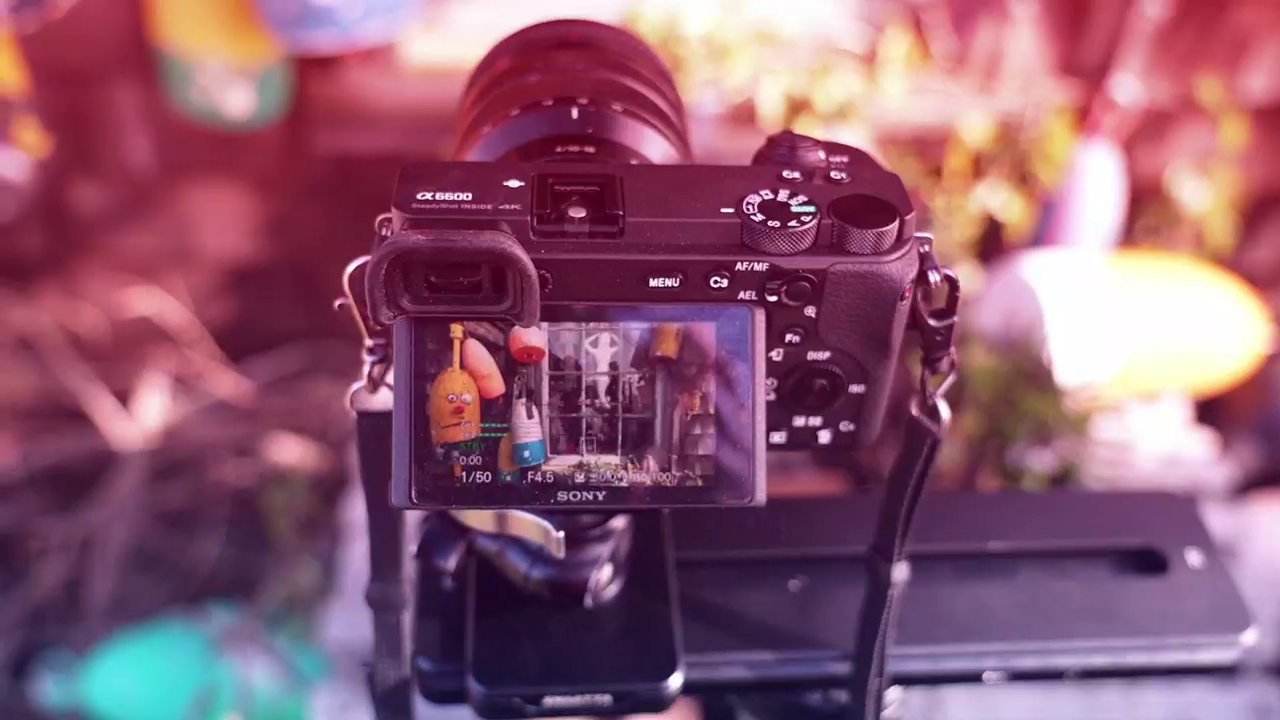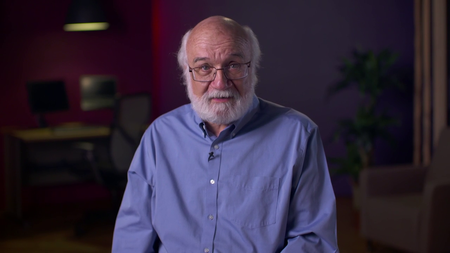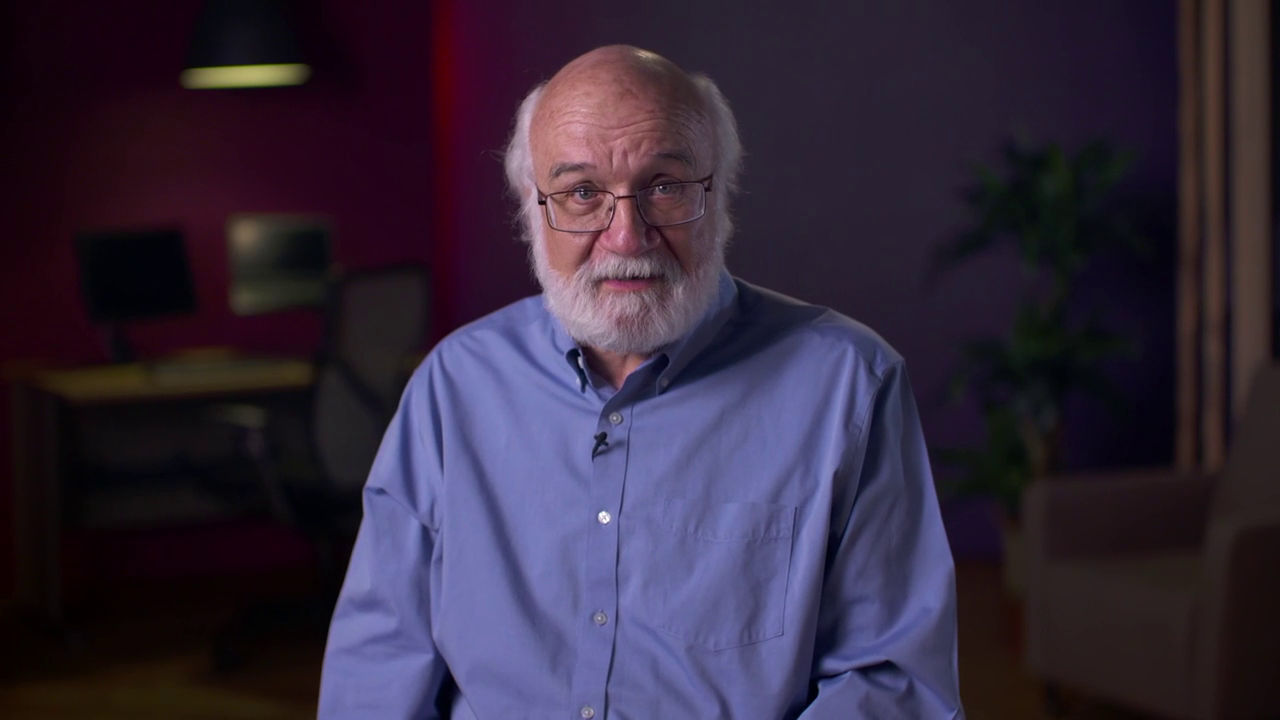TTC Video - The Art of Video Storytelling
12xDVDRip | MP4/AVC, ~1936 kb/s | 1280x720 | 05:04:37 | English: AAC, 96 kb/s (2 ch) | 4.33 GB
Genre: eLearning Video / Editing
12xDVDRip | MP4/AVC, ~1936 kb/s | 1280x720 | 05:04:37 | English: AAC, 96 kb/s (2 ch) | 4.33 GB
Genre: eLearning Video / Editing
Recent years have seen exciting changes in the ways we both create and consume media. We increasingly find that current media consumption is by video, although it had previously been dominated by the written word and still photographs.What does this mean for the still photographer? As producers of visual media, if we are hoping to continue to capture the attention of contemporary digital media consumers, we need to change with the times. Luckily, it is easier than ever before to produce not just passable video, but beautiful, cinematic movies with compact, easy-to-use, affordable equipment—you may already own much of it.
Wondrium (Formerly The Great Courses Plus)
The Art of Video Storytelling
By Bob Krist
Release : 2021
Subject : Professional and Personal Growth | Video
12 lectures | ~25 minutes each
Recent years have seen exciting changes in the ways we both create and consume media. We increasingly find that current media consumption is by video, although it had previously been dominated by the written word and still photographs. What does this mean for the still photographer? As producers of visual media, if we are hoping to continue to capture the attention of contemporary digital media consumers, we need to change with the times. Luckily, it is easier than ever before to produce not just passable video, but beautiful, cinematic movies with compact, easy-to-use, affordable equipment—you may already own much of it.
In The Art of Video Storytelling, Mr. Bob Krist, a renowned professional photographer and filmmaker, teaches this informative and insightful 12-lesson course designed to support you through each step of the filmmaking process. Beginning with preparation and equipment, you will see how to use the skills you already have in still photography to manifest excellence in all your filmmaking endeavors. You will gain valuable insight about video as art and important tips on storytelling, framing, audio capture, organizing, interviewing, and even editing. With gentle humor and expansive personal experience, Bob takes you through the video process, capitalizing on your knowledge of still photography and supporting you as you add motion and sound to your skillset.
Why Filmmaking?
Bob began his photographic career with virtually no interest in video. As he will tell you himself, it all sounded like it required a lot of people and a lot of equipment—two things he doesn’t like. Ten years ago, when video capabilities were put into still cameras, his assumptions were disrupted.
With the advent of the large digital sensors found in still cameras, the creation of high-quality video became possible. Video now looked more like Hollywood movies than like grainy camcorder recordings of childhood birthday parties. No more brittle, electronic home videos. Instead, a whole new world of cinematic video was being shot on small, accessible, and affordable equipment.
Just as words and pictures filled the world of print media, video is the “lingua franca of digital technology,” Bob notes. With almost 5 billion videos watched on YouTube each day, a platform used by some 2 billion people each month, the statistics on video are clear—if we want to reach today’s media consumers, from news seekers to family members, public works to private matters, we need to hone our skills in making films that tell compelling stories. Bob helps you do just that.
Why Storytelling Is Important
Humans are designed to think in terms of story. It is how we describe our past, our present, and even how we envision our future. Story is the general structure that we apply to nearly every facet of our lives; so, telling a good story is the key to engaging any audience, whether your work is appearing in an international film festival or just on Facebook for your friends and family to see. At the heart of all good films is the element of strong storytelling.
Bob is, above all, a storyteller. Both informative and engaging, he takes you through a brief lesson on the role of archetypal structures—especially the Hero’s Journey—and then helps you realize these same structures in a wide range of contexts. It’s possible to not only apply these archetypal structures to the most mundane home video, but it’s also easy with Bob leading the way. He shows you how to create a story with an appealing character at the center, facing an unfamiliar circumstance, journey, or rite of passage who, rising to the challenge, returns from the experience better for it. It is a formula that captures viewers without fail and can be applied to virtually any situation to create a compelling story.
Five Frames, 10 Shots
Once a filmmaker has defined their story, the focus can shift to cinematography and the practical skills needed to bring that vision to life. By sharing the vocabulary of video and explaining the role of sequence, flow, and motion in film, your expert on this journey will explore both structure and content in video storytelling. Specifically, he will explain the traditional five framings and 10 shots that make up the visual grammar of videography. Finally, in these segments, he will help you put it all together with visual examples of each type of shot and framing. You will emerge ready to recognize and employ such visual language in your own stories.
People and Places
Adventures do not always happen on convenient Hollywood studio lots with carefully scripted actors. Many of the best stories are happening in the real world, and what better way to learn to film them than to get out there and do it? Go on location to the beautiful fishing village of Port Clyde, Maine, with the iconic Marshall Point Lighthouse in the background, to explore the fine art of filming in the authentic context of regular life. Here you will learn how to add motion to the sometimes more constant pace of reality, employing all of your newly developed skills in story development and video equipment. Maybe your next cinematographic stop will be your very own neighborhood!
Once versed in the arts of filming landscape, architecture, and still life, you are ready to try your hand at the personality profile. Bob works with master blacksmith Jim Kearney to show you how it is done. Not only will this extraordinary course support you as you develop interview questions, lighting techniques, and B-roll material on location with your subject, but it will also help you identify the right subject from the beginning. Ask yourself these questions:
Is there an interesting character?
Is there a process with a beginning, middle, and end?
Is it visual?
Can you get close enough to witness and record your story?
And will you have time to document the process?
If your answer is yes, you might have what it takes to create a great personality profile like the one that Bob demonstrates. Then, all you have to do is put it together and get it out there to your audience.
Pulling It All Together
After all the theory, equipment, and work in the field behind the camera, there is still one more vital step to bring your story to life: editing. We have seen extraordinary advances in editing technology in the last 100 years. We’ve gone from cutting up strips of film with scissors and splicing them together with adhesive tape to fast, efficient non-linear computer programs that allow us tremendous control of every aspect of post-production.
If the thought of wielding shears on delicate strips of celluloid isn’t your idea of a good time, then you have certainly taken up videography and editing at the right moment. The new computer programs are inexpensive and fairly easy to learn. With them, it’s easy for you to bring your story to the screen.
Finally, what would any compelling visual story be without an audience? The final step in your journey to become a proficient filmmaker is all about sharing. With the advent of video-sharing services, you can get your masterpiece out to the world quickly and easily and often for free.
Consider uploading your work to sharing sites like YouTube and Vimeo, as well as submitting to some of the thousands of local and international film festivals. There are a wide range of levels, types, and focuses—literally something for everyone. Having one of your films accepted to a festival can prove a great confirmation of your new skills, as well as a chance to join the ever-growing community of amateur filmmakers.
Bob’s comprehensive lessons offer a substantial overview of the skills you will need to become a master filmmaker. There are endless ways to go deeper in a number of areas, especially if you find that something has really piqued your interest, but Bob offers you a solid foundation. Whether you’ve always wanted to make your own cinema masterpiece or you just want to make vacation films that the whole family will actually want to watch, The Art of Video Storytelling is just what you need to start sharing your unique vision—your stories—with the world!
Lectures:
01. Beyond Photos Discovering Story with Video
02. Using the Tools of Visual Storytelling
03. Speaking the Language of Video
04. How to Shoot a Visual Story
05. Video's Five Framing and Ten Shots
06. A Story Told through Framing and Shots
07. The Four Pillas of Audio for Video
08. Gearing Up as a Videographer
09. Capturing a Place on Location
10. Creating a Personlity Profile in Video
11. Making the Most of Video Interviews
12. Editing a Visual Story Puts It All Together
"As storytellers sharing the visual tales of our travels, we can act as small points of light that help everyone see the beauty and the humanity of this very small world in which we live."
Bob Krist is an award-winning photographer whose regular assignments for magazines such as National Geographic Traveler, Smithsonian, and Islands have taken him to all seven continents. Mr. Krist’s work has won awards in the Pictures of the Year International, Communication Arts, and World Press Photo competitions. He was named Photographer of the Year by the Society of American Travel Writers in 1994, 2007, and 2008.
Mr. Krist’s books include the New York Times best seller, In Tuscany, a collaboration with author Frances Mayes that features 270 pages of his photographs. He is also the author of Spirit of Place: The Art of the Traveling Photographer, and he provided photography for the books Caribbean; Portrait of the Caribbean; Lowcountry: From Charleston to Savannah; A Photo Tour of New York; and Impressions of Bucks County.
Mr. Krist is a Sony Artisan of Imagery and an avid filmmaker who shoots and produces short travel films for a variety of clients, including National Geographic. His movie about Iceland, A Thousand Autumns, won awards at the Johns Hopkins Film Festival, the Reykjavík International Film Festival, and the Trento Film Festival.
also You can find my other last: TTC Video-posts
Screenshots
Exclusive eLearning Videos ParRus-blog ← add to bookmarks


